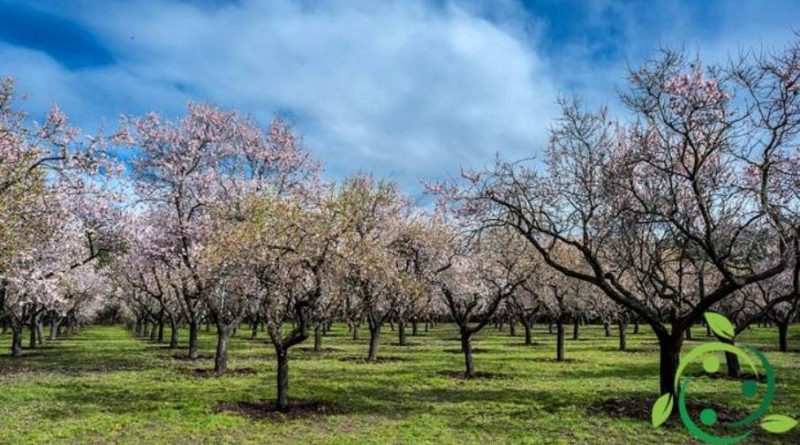How to prune the Almond Tree
How to prune the Almond Tree
The almond tree (Prunus dulcis (Mill.) D.A.Webb, 1967) is a tree of the Rosaceae family that is cultivated for the production of almonds of different varieties. As far as the pruning methods are concerned, it is necessary to start from the possible forms of breeding that will obviously require pruning systems in the various different vegetative phases. In this contribution we will therefore see how to prune the Almond Tree in relation to the various vegetational states and the forms with which we want to breed. The most common forms of breeding for the almond tree are bush, vase and free fusion. In the vase shape the plant is placed at 80-90 cm from the ground and from the trunk 3 or 4 main branches are left. It is the most adopted and also preferred form as it allows to have the best relationship between productivity and comfort in harvesting, cutting and pesticide treatments. The first pruning is that of training. This begins with the implantation of the main root at a height of 80 or at most 100 cm from the ground, where the next step is to select 3 or 4 main branches, which are considered stronger and more straight and distributed with a planar angle homogeneous (90 or 120 degrees).
In the following year the shoots will be grown, which will form the main branches, if they are chosen 3-4 according to the right angle and they will incline 30-35 degrees from the vertical of the trunk and the branches under these will be eliminated. The branches to be impaled and to be directed are tied to common pipes anchored to the ground with the right inclination or wooden stakes.
After the first year of development of these you will have to intervene with a cut shortening a third of their length just above a gem facing outwards.
In the second year of breeding these branches will have reached a certain development and will have issued secondary shoots that will now be well developed; on these it will be carried out at the same operation done for the main branches, so as to prepare the crown for a good expansion. At the same time it will be necessary to remove the suckers and the suckers in order not to subtract substances from the branches in formation. These operations will continue in the following years to give more vigor to the chosen form of breeding.
Once given the shape to the plant, to the fourth year of life, we start the production pruning, to be done during the period of vegetative rest of the plant or during the winter. The cuts of the production pruning are used to contain the branches too long and in order to maintain the chosen geometric shape. The suckers that grow near the branches will be eliminated, even if some of these can be left in case of damage to some primary or secondary branch.
Another type of pruning is the so-called renewal. The pruning of renewal or rejuvenation has the aim of replacing, in plants of advanced age, the unproductive branches choosing the closest and healthy ramifications that can give continuity to the crown without imbalances. This will eliminate the excessive branches inside the foliage to give access to the light. We work starting from the ramifications sick or damaged by the weather.
Another pruning technique is the green one. Green pruning takes place during the summer. It is practiced in well-developed plants with the removal of a quarter of older branches that have produced fruit. This cut will serve to stimulate the plant to produce new vegetation.
In every intervention, it is always necessary not to exceed the pruning cuts in order not to subject the plant to the need to regenerate too many vegetative parts (with emissions then of rubber) that would be to the detriment of the production. Moreover, a light and constant pruning every year will reduce the alternation of production that is present in this species.

